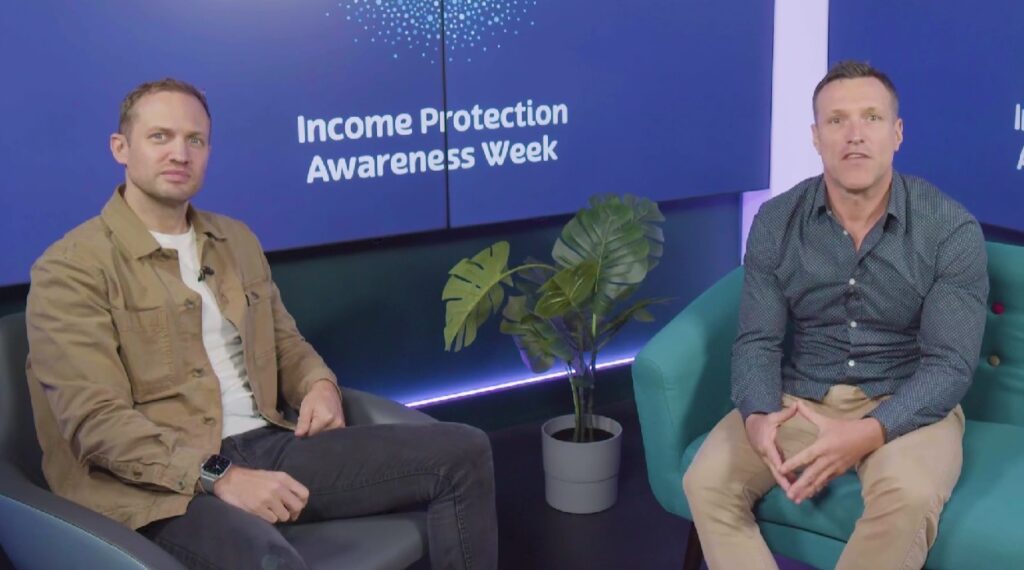Visual aids are “more impactful” than words when overcoming cost of living income protection objections, advisers have said.
This is according to Gary Walters, director at The Protection Academy (pictured right), who along with The Protection Coach Matthew Chapman (pictured left) presented on dealing with customer objections to taking out income protection on the third day of the Income Protection Task Force’s Income Protection Awareness Week.
Walters explained he always uses visual aids as they can illustrate income drop off from salary to benefits.
Meanwhile fellow speaker Chapman spoke of the benefits of using a budget planner to prove categorically that income protection can fit within the customer’s monthly outgoings.
But the pair also elaborated on techniques to deal with other objections including overly relying on family or an employer or the customer assertion that they never get sick.
Tackling over optimism
When dealing with the ‘I never get sick’ objection, Walters revealed he explains to clients they are insuring themselves for the next 30 years, when they are more likely to fall ill than in the previous 30 years.
He added he also prefers to talk in terms of paying the mortgage for 300 months in a row over 25 years.
Chapman urged advisers to challenge customer perceptions of being too optimistic and touching on recent history such as during the pandemic where government introduced furlough which he likened to national income protection.
Drop in the ocean
Turning to objections around the customer having good sick pay, Walters revealed advisers need to tell clients where they have six months full pay and six months half pay, that they need their sick pay to cover them for 300 months and six months pay is just a “drop in the ocean”.
But he also pointed out that good sick pay can mean full term income cover can be secured at a cheaper rate on behalf of the customer.
Moving on to group income protection (GIP) cover objections, Chapman urged advisers to remind the client that GIP often does not provide cover up until retirement age and will only pay out for a couple of years.
He added this cover, which is often a non-contractual benefit, can be pulled by the employer at any time.
Walters suggested asking the client for their employee benefits documents to see the details of their benefit and building advice around that.
He also noted some clients argued ‘my parents will look after me’.
In this instance, Walters called on advisers to ask clients why they would want their parents to be made responsible for their upkeep if they fell ill and suggested if they really want their parents to cover the cost that they pay for the income protection premiums and the customer takes over when ready.
More impactful than words
But in a cost of living crisis, cost objections often come when the adviser has not done enough to explain the importance of IP before the advice conversation.
“To help overcome it, I always use visual aids. They’re far more impactful than words, and combined with words, it’s a weapon,” Walters continued.
“So I like to use the Association of British Insurers’ Percy the protection calculator. The drop from salary to benefits is visually striking. It is so powerful that you can see customers locked on the screen. So I always share the screen while presenting my advice.
“It has just enough detail on there like benefits they will drop down to to add impact if the customer’s trying to wriggle out or object.
“What I also do is pre-empt the advice. So you explain income protection is it too expensive for you because we can continue tweaking the figures and the numbers until you get the cover you need at a price you can definitely afford. How can you object?”
